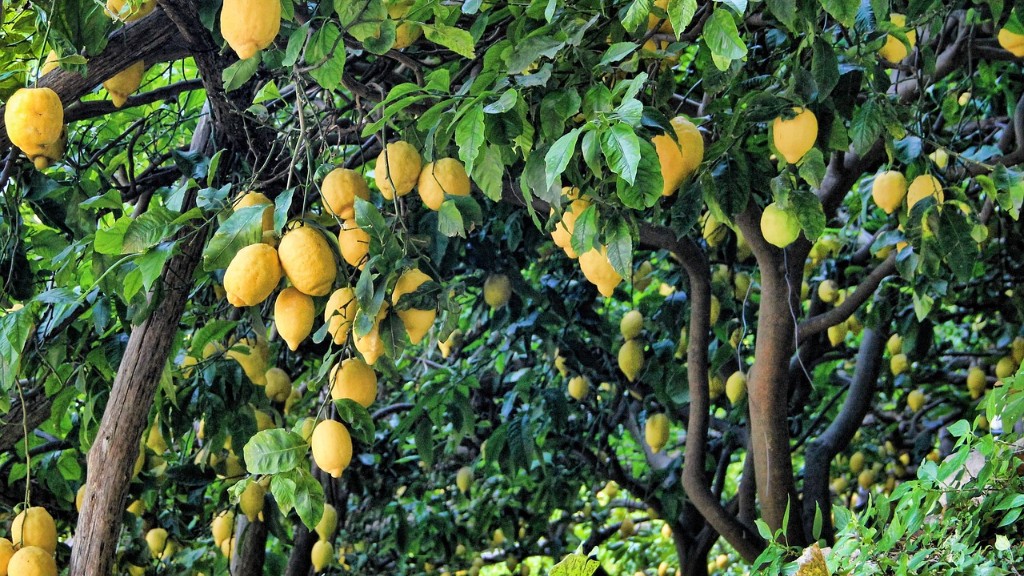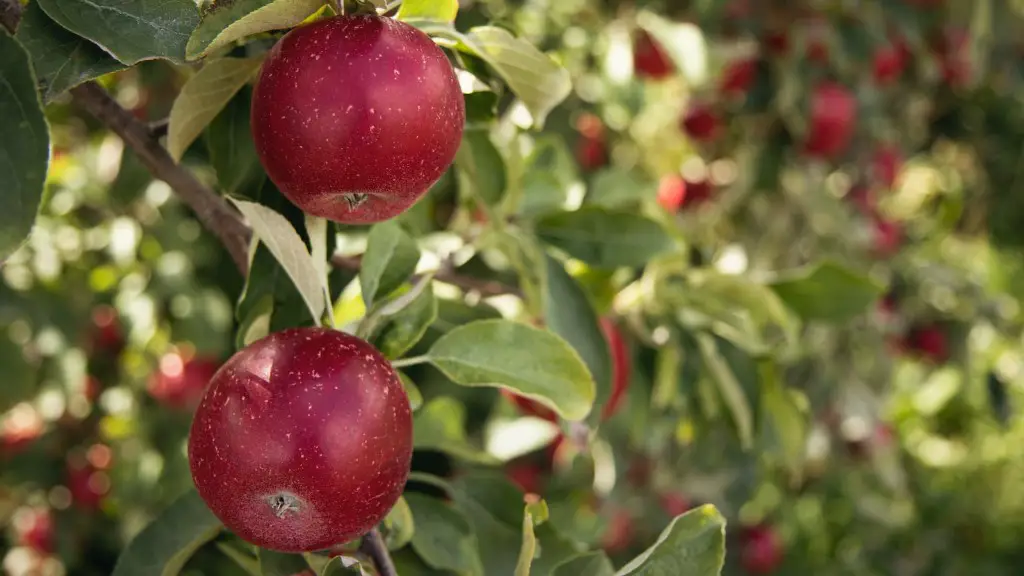Avocado trees can be grown in a variety of different climates and conditions. While avocados grow best in tropical and sub-tropical climates, they can also survive and even thrive in cooler and harsher climates. As long as the right care is taken to protect them and provide them with optimal growing conditions, an avocado tree can be grown just about anywhere.
Avocado trees require full sun and warm temperatures to thrive. Their ideal temperature range is 65-85 degrees Fahrenheit. Avocado trees also need consistent watering and care in order to ensure optimal growth, so it is important to pay attention to the tree’s water and sunlight needs. Avocado trees need extra care and attention in order to produce fruit, so it is also important to provide them with regular fertilizer and pest control.
Avocado trees are typically grown from seed or from a cutting from another existing tree. Planting and growing an avocado tree from seed requires patience, as the tree can take anywhere from 3-8 years to reach full maturity and bear fruit. Growing from a cutting is a much quicker process, as the tree will typically reach full maturity within 2-3 years and is much more likely to bear fruit. It is important, however, to remember that avocado trees can die if not properly taken care of.
Avocado trees can be grown outdoors in a backyard or in a container indoors. When grown outdoors, avocado trees should be planted in well-draining soil and in an area that receives plenty of sunlight. When grown indoors, avocado trees should be placed in a south-facing window and watered regularly. Depending on the climate and conditions of the area, avocado trees can be grown either in the ground or in a large pot.
While it may seem difficult to grow an avocado tree, it is important to remember that with the right care and attention, an avocado tree can be grown and cared for from almost anywhere. If you are dedicated to providing your tree with optimal conditions, then you will be rewarded with delicious, nutritious avocados in no time.
Soil Preparation and Planting
The first step to growing an avocado tree is to prepare the soil for planting. Avocados prefer soil that is loose and well draining, as soil that is too heavy or dense will not allow the roots to spread. Adding soil amendments such as compost or peat moss can help create a more ideal planting area. Once the soil has been prepared, it is then time to plant the tree. The hole should be twice as wide as the root ball and just as deep, and the tree should be planted so that it’s slightly higher than the soil line.
It is important to make sure that the roots are spread out and not cramped when planting the tree. This will give the tree more space to absorb water and nutrients from the soil, which will help ensure that it grows healthy and strong. After the tree has been planted, it should be watered thoroughly to help the roots establish and grow.
Watering and Fertilizing
Avocado trees require regular and consistent watering in order to thrive, however, it is important to not overwater the tree as this can lead to root rot and damage. Watering an avocado tree should be done two to three times a week and should be done deeply, meaning that the soil should be thoroughly soaked, yet never waterlogged. Additionally, it is important to make sure that the tree is receiving the proper nutrients in order to reach its full potential.
Avocado trees should be fertilized twice a year – once in the spring and once in the summer. The best way to fertilize an avocado tree is to use a balanced fertilizer such as a 10-10-10, however, other types of fertilizer can also be used. It is important to make sure that the fertilizer is organic and natural, and it should be applied at the base of the tree in order to ensure that the roots absorb the nutrients.
Pest Control
Avocado trees are susceptible to pests and diseases, so it is important to take precautionary measures to prevent any damage or harm. The best way to prevent pests and diseases is by regularly inspecting the tree and its leaves for any signs of pests or damage. If any pests or diseases are found, it is important to take the necessary steps to eliminate them as soon as possible. Insecticides can be used to treat pests, while fungicides can be used to treat diseases.
It is also important to keep the soil healthy and free from weeds, as these can introduce pests and diseases. Additionally, mulching around the base of the tree can help prevent weeds from growing and will help the soil stay damp and moist. This will help ensure that any pests or diseases that do arrive are quickly and effectively eliminated.
Harvesting and Pruning
When an avocado tree has reached maturity, it is time to harvest the fruit. Avocados should be harvested when they are ripe, which is usually during the summer months. It is important to remember that the process of harvesting can be somewhat tricky, as it is not always easy to tell when the fruit is ripe. The best way is to wait until the fruit is a deep green color and is soft to the touch.
It is also important to prune an avocado tree regularly in order to ensure that it is healthy and produces the most fruit possible. Trees should be pruned in the summer months, as this will help to keep the tree healthy and encourage new growth. Always prune selectively, as too much pruning can damage the tree and will reduce its ability to produce fruit.
Health Benefits
Avocados are incredibly nutritious and provide the body with a huge range of health benefits. They are an excellent source of fiber, vitamins, minerals, and healthy fats. Studies have shown that avocados lower cholesterol levels, reduce inflammation, and can even fight cancer. Additionally, avocados are high in antioxidants, which help to protect the body from free radicals and disease.
Avocado trees also provide other non-edible benefits. The trees can provide shade, protection from the wind, and even help to improve air quality by absorbing carbon dioxide and releasing oxygen into the air. In short, an avocado tree can benefit both the body and the environment.
Container Growing
Avocado trees can also be grown in containers, making it possible to grow even if you don’t have space for an in-ground tree. Growing an avocado tree in a container requires a little extra care, as the tree will need to have its soil and nutrients replaced more often. The best type of container to use is a large, sturdy pot that has drainage holes—this will help to prevent root rot and other issues that can arise when the soil is too wet.
When choosing a potting soil for an avocado tree, it is important to look for one that is loose and well draining. Additionally, make sure to fertilize the tree regularly and to provide extra water, as container plants tend to dry out more quickly than those grown in the ground.
Conclusion
Avocado trees are relatively easy to grow and care for, and with the right amount of attention, they can produce delicious and nutritious avocados. Avocado trees require regular watering and pruning, as well as fertilizer and pest control, in order to reach their full potential. Avocado trees can be grown in the ground or in a container, and they provide a range of health benefits and environmental benefits. So, whether you are growing an avocado tree in a backyard or in a container, you can be sure that you will be rewarded with delicious avocados in no time.



